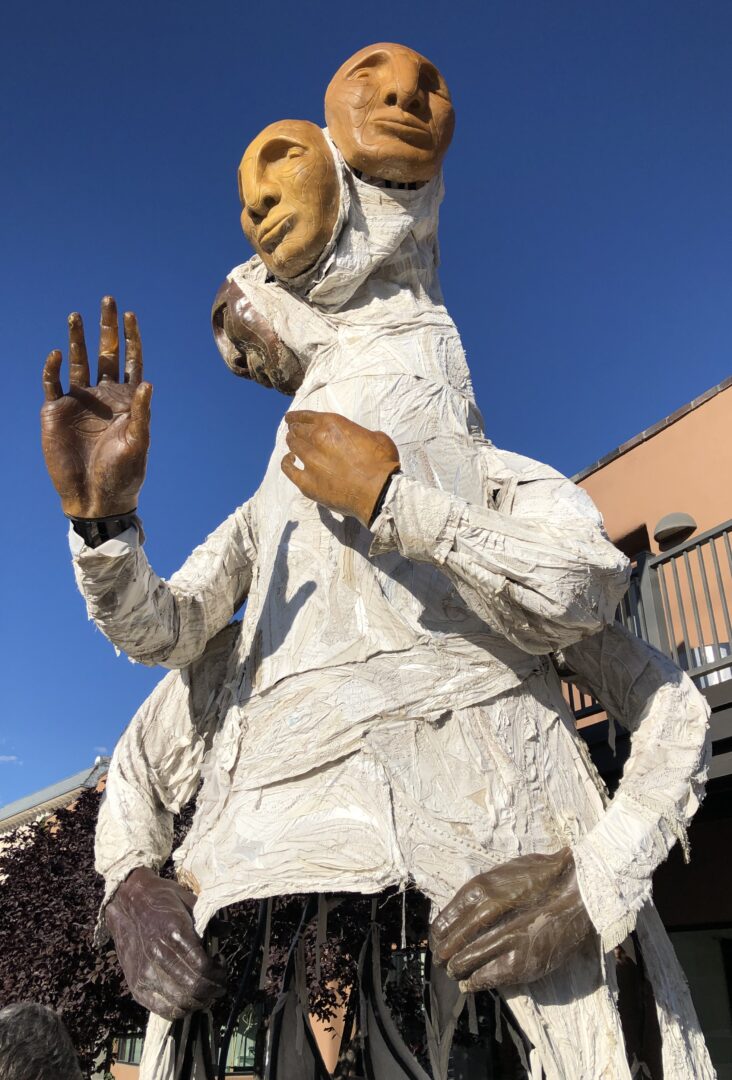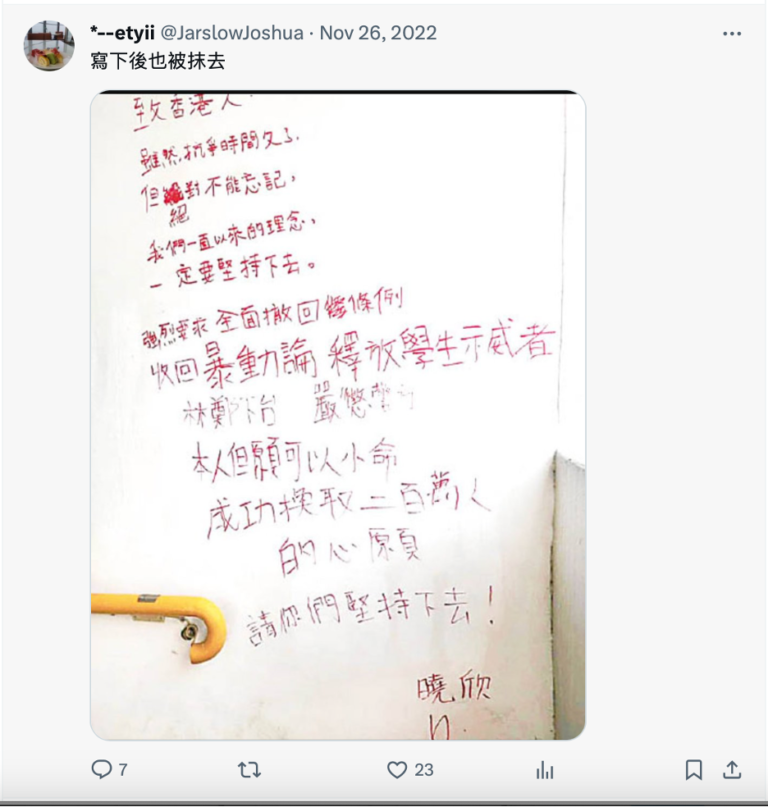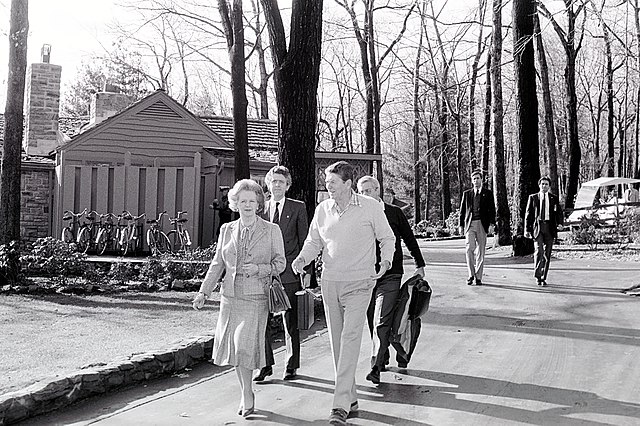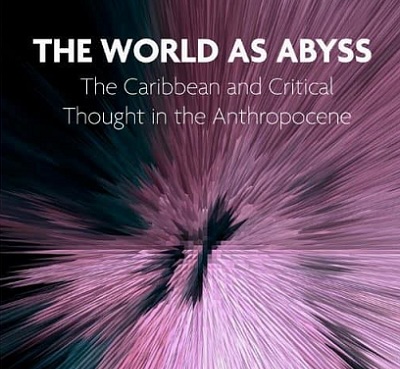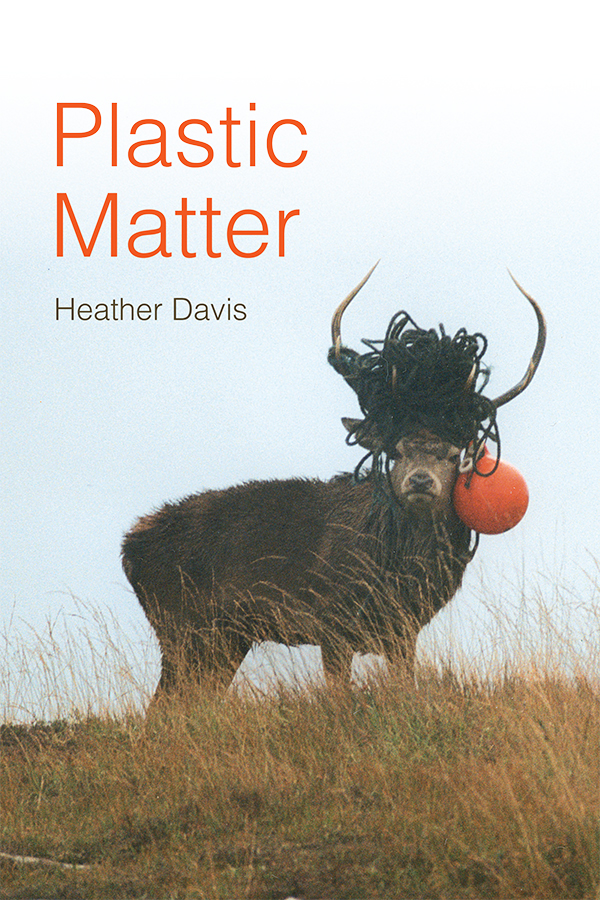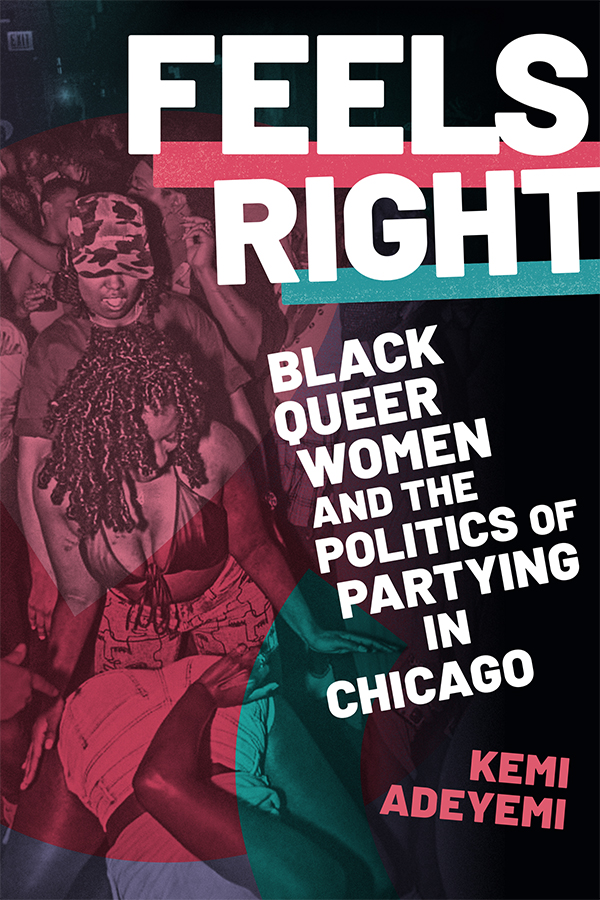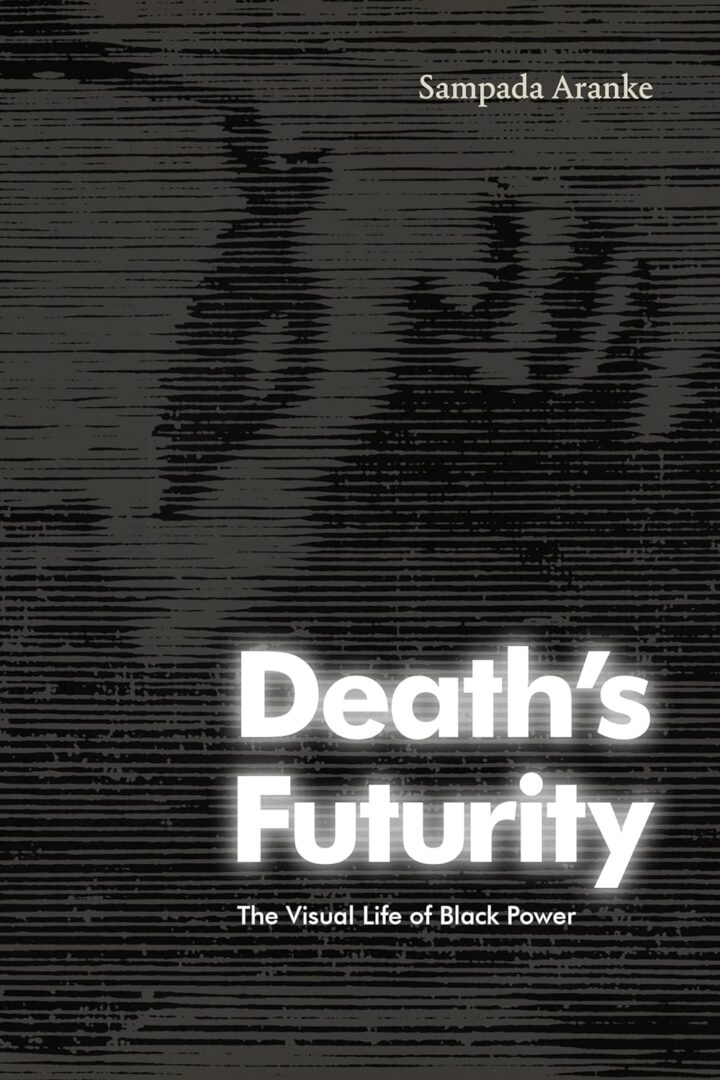This issue of Lateral introduces new features and significant original scholarship, including the Feeding the Civic Imagination forum, the debut of Aporias, new additions to Years in Cultural Studies and Positions, three original articles, and several book reviews.
Issues
Cringe Theory
Cringe theory is a framework intended to make sense of cringe as a cultural and political phenomenon that has come to condition how disability is understood in the contemporary American public imagination. Informed by Silvan Tompkins’ approach to affect, cringe theory has two distinct modalities. First, it can be understood as a suprastructure of feeling, a reflex tethered to our affective anatomy, which regulates the relationships between and among our emotions. This modality of cringe theory operates internally, telling us when to cringe, and each of us has our own, even if they do often resemble one another. The second of cringe theory’s modalities comes into view as an analytic that traces cringe from the moment of its emergence through the ripple of its repercussions. As an analytic, cringe theory helps us to understand how cringing operates as a culturally conditioned response to the world and as evidence of our affective relations to normative power. By examining both the internal and analytic forms of cringe theory, I show that cringing is a deeply political experience, one that indexes affect as an internalized system of governance by which we come to feel with normativity. Disability is a perfect object for this kind of affective governance, given how often it is used to signify the porous boundary between the purely aesthetic and the resolutely political. By examining a series of recent, popular representations of disability that attempt to elicit cringing from the audience, I argue that we are increasingly encouraged to know disability through our felt or affective perceptions of it. Cringe theory reveals one route through which these affective perceptions are engendered, alongside the affective norms that condition how we are all feeling our way through life.
We Are Not (Yet) Nonbinary
I am addressing this paper to other white temporarily-able-bodied settler feminists interested in moving, not just toward a queer (queerer?) horizon, but toward a nonbinary liberatory futurity as a collective political aspiration (not an identitarian goal of self-actualization). In this paper, I consider how we might mobilize the nonbinary as a freedom practice, a practice building toward a future where we are all free. Imagining and creating a liberatory inclusive future necessarily requires dismantling the constrictions of reproductive futurity, constrictions built on binary analytics. This paper begins with an outline of how a sense of urgency, legal and medicalized frameworks, and anti-victimism have dominated post- Dobbs responses and reinvigorated an allegiance to retrograde, repressive reproductive futurity. This brief discussion of post-Dobbs responses sets the stage for an exploration of a more expansive, inclusive, collective futurity beyond the settler state, a freer futurity made possible by mobilizing a nonbinary intersectional critique anchored in queer/crip/Indigenous analytics.
Affective Aesthetics: Mapping Visual Cultural Memories in the 2022 Anti-Zero-COVID Policy Protest in China
This article examines the meaning‐making work of historical, cultural, and visual references in the 2022 anti-Zero-COVID policy protests in China. Characterized by homemade protest placards, the wave of 2022 grassroots protests were striking, typically citing well-known historical quotes, written in red paint, or the use of plain white paper. Using the frameworks of affect theory and analyses of visual culture, I draw attention to underexamined forms of Chinese cultural and visual traditions of protest, and address the following empirical questions: Which national visual cultural references are mobilized in this contemporary protest; how do people repurpose specific cultural idiosyncrasies to voice political dissent; and how do these references contribute to local political meaning‐making and community-making? Via a qualitative analysis of such signs, this study identifies three types of cultural resources permissible by the state that became co‐opted in the protests: 1) literature from anti-imperial times, 2) motivational slogans and symbols from the cultural revolution, and 3) the contemporary technique of censorship. These references are appropriated for the potential afforded by their recognizability, their affective function to articulate the political cause, and their ability to bypass censorship and generate communities across national and regional boundaries. Examining the A4 Revolution as a paradigmatic case, I argue visual historical citation holds significant aesthetic, affective, and political value, particularly in its capacity to mobilize the masses within undemocratic environments. The affective visuals used in the protests can be read as a performative, strategic, and psychosocial device of “critical inheritance from the bottom up,” one that invites citizens to re-access cultural memory and critique the oppressive present.
1980—Neo-Marxism, Feminism, and Post-Colonialism at the Dawn of a New Decade of Cultural Studies
Tested against the global political struggles of feminist and anti-colonialist activists, cultural studies scholarship during the 1970s shifted from the subversion of humanist and empiricist dichotomies to the problematization of the limits and possibilities of postmodern critical knowledges themselves. Arguing for analyses that acknowledge the persistence of hierarchical systems and structures—such as neo-imperialism, and the persistent division of labor by sex—as social relations and subjectivities have become more individualized, fragmented, and unstable, we may recognize the year of 1980 as the symbolic moment cultural studies scholars would particularly problematize the categories, oppositions, and dichotomies on which conventional notions of race and sex rely. This article chronicles some of the key debates coming to a head over the course of the late 1970s which would prove fundamental to the development and continued importance of the cultural studies project over the course of the 1980s.
The World as Abyss
Andrew Culp and Cultural Studies Association’s Black and Race Studies Working Group Co-Host Shauna Rigaud discuss The World as Abyss: The Caribbean and Critical Thought in the Anthropocene (University of Westminster Press, 2023) with authors Jonathan Pugh and David Chandler. This podcast is accompanied by a scholarly commentary by Richard T. Stafford.
Introduction
This special section provides snapshots of the field of cultural studies, querying theoretical lapses, overlaps, and contentions between and within competing texts. In these short pieces, emerging scholars enter contemporary or historic academic debates to complicate the canon without a desire for resolution.
The Future Isn’t Now: Impossible Action in Political Scholarship
In a world of negation, it is exhilarating to imagine possibilities. Such is evident in the strain of critique that asserts there is something radically productive in opening up possibilities. This makes sense: critical theory seeks to illuminate something beyond endless torrents of death and destruction. But, this essay contends, the thrill of possibility-creation has created a new aporia: the affect gesture of possibility risks overshadowing the realization of radical possibilities. Various strains of scholarship presume that scholarly politics is a matter of perceiving and awakening possibilities. The impulse is most readily clear in utopianist scholarship like that of José Esteban Muñoz, but it’s also evident in work by Saidiya Hartman, Eve Kosofsky Sedgwick, and even Rita Felski. All these materials propose that cultural materials can coordinate possible worlds, and by extension, scholarship competency is to schematize them. But, I argue, the scholarship that follows these thinkers risks becoming trapped by possibility. It’s captivating to imagine new ways of being or living or knowing, but there exists neither the professional incentive nor the affective discipline to realize those possibilities. In our reverie at imagining the construction of a better world, our blueprints don’t necessarily reach the builder—and the indulgence of possibility risks sliding back into despair. This essay does not argue for dismissing the scholarship above, but rather suggests we haven’t read them well enough. Muñoz, Hartman, and Sedgwick are not drunk on hope; their openness to possibility comes from the mute agony of living in an unlivable world. Although a variety of material factors stand in the way of scholar-activism, this affective trap remains one of the most pressing—for if we do not recognize the feelings that structure political scholarship, we will only be playing a language game, projecting possibilities that could never come to fruition.
Anti-Blackness as Disavowal and Condition: Rethinking Foucault’s “Carceral Society”
Recent calls to “defund the police” have seen a plethora of movements decry state funds allocated to the police and ask that those funds be placed elsewhere. In this article, we return to Michel Foucault to analyze how calls for rebalancing budgets away from the police force and towards social projects both rely on political categories established in Foucault’s work and encapsulates an aporia that emerges through them. Locating shifts towards the carceral in the context of European modernity, Foucault suggests that policing moves away from the spectacular torture and punishment of sovereign and state and towards technologies of power that proliferate across the social body. Here, we suggest that in this movement between sovereignty and power emerges a central tension that Foucault is incapable of resolving—between an exteriorized sovereignty (death) that necessarily appears at the extreme limits of power (life)—which threatens to destabilize the domain of power altogether. Race—as it appears in the European frame and reaching a zenith in Nazi Germany—encapsulates Foucault’s attempted mitigation. If anything, this exacerbates the problem by rendering the terms of inclusion in the domain of power (of making life live) incoherent. To see why, we go on to show how freedom from racial slavery—as space of incapacity—is the conduit through which entry is possible into the differentiated power that supposedly limits the social. But as such, the slave precisely indexes the aporia for Foucault that cannot be sutured. The implications of this can be seen in the calls to defund the police insofar as it implicitly repeats Foucault’s shift from police to social power.
Review of Plastic Matter by Heather Davis (Duke University Press)
Heather Davis’s Plastic Matter sheds light on the implications of plastic’s synthetic universality, inviting readers to reflect critically on their relationship with plastic material and also with matter more generally. She outlines concepts such as plasticity and globalized unlocality, arguing that plastic’s ability to take on various forms contribute to ecological disruptions, biological harms, and social inequalities. Davis highlights how plastic is an everyday, ubiquitous material whose harms are unevenly displaced with regards to race, sex, and class; for example, as waste that is continually dumped on the global South. She further details how the systems designed to handle plastic’s excesses cannot contain it, leading it to swell out and impact more communities, human and beyond. The book critiques dominant narratives of plastic as an ideal of Enlightenment progress, while emphasizing the complexity of plastic and the ambiguity of its role and our relations with it. But Davis also argues that thinking with plastic invites queer relationships with new kin. Davis thus encourages readers to think beyond plastic’s simple ubiquity and to challenge the apparent plasticity of matter.
Review of Feels Right: Black Queer Women and the Politics of Partying in Chicago by Kemi Adeyemi (Duke University Press)
Following the movements of Black queer women on queer dance floors in Chicago, Kemi Adeyemi shows how race, feeling, and the geography of the neoliberal city are spatially entangled. Black queer women’s moves on the dance floor reveal, navigate, bend, and upset those entanglements that overdetermine their rights to feel, to belong, and to take place in the city. Black queer women do not dance to escape the realities of their everyday lives. Rather, they dance for moments where they can collectively reimagine, redefine, and reclaim their rights to feel good, their rights to take place in the neighborhoods where they are not “supposed to” take place, and ultimately, their rights to the city.
Review of Death’s Futurity: The Visual Life of Black Power by Sampada Aranke (Duke University Press)
Sampada Aranke’s Death’s Futurity: The Visual Life of Black Power begins by insisting on the importance of visual culture to the Black Panther Party’s platform before exploring the Party’s use of political posters, flyers, magazine covers, a documentary, and other ephemera to mobilize community members in the wake of the state’s murder of Bobby Hutton, Fred Hampton, and George Jackson. In doing so, Aranke argues that the BPP “transformed these state-sanctioned murders into opportunities to engage political action” (2). Cautiously navigating the speculative and often violent nature of the archive when it comes to Black life and death, Aranke draws on the work of theorists like Saidiya Hartman and Christina Sharpe to balance storytelling with first-person narratives, archival coverage, and political theory from the era. Throughout, Aranke centers the importance of fugitivity and futurity to the Black Panther Party, which suggests a deep connection between the Black power movement and the prison abolition movement. Indeed, toward the end of Death’s Futurity, Aranke argues that these “spectacularized murders mark a transition from Black Power to prison abolition.” While I hoped for a more robust discussion of the transition between these intimately linked movements, Aranke’s Death’s Futurity nonetheless offers a critical exploration of the use of visual culture in revolutionary movements.
Review of Passionate Work: Endurance After the Good Life by Renyi Hong (Duke University Press)
In Passionate Work, Hong argues that passion at work is an affective structure perpetuated by capitalism to maintain its injustices and discipline workers. Examining historical managerial texts and ideology, career guides, social scientific work on unemployment, networking advice, software protocol, and office furniture, Hong shows how these are sites where discourses of passion are embedded, used to sustain and discipline bodies for work. The book draws attention to how the demand to be “passionate about work” is naturalized and internalized, calling attention to the ways that passion serves to obscure inequalities.
Introduction – Feeding the Civic Imagination
Food is a powerful entry point into the civic imagination—i.e., the capacity to imagine alternatives to current cultural, social, political, or economic conditions, the social process of which fosters a shared vision for collective action. As an essential material component of human life, food exists as an extremely mundane and dynamic aspect of our everyday personal and social experiences; our relationship with food is intertwined with issues of privilege, access, representation, language, ethnicity, and the materiality of culture. This forum explores diverse intersections between food and civic imagination, with topics ranging from shared memories, local (re-)imaginations, history and civic action, and private-public translations. The forum discusses how food sustains, nourishes, and connects individuals and their communities by delving into both their presence—e.g., acquiring and preparing ingredients, cooking meals, sharing or selling foods—and absence—e.g., hunger and human waste in food ecology. Articles in this collection demonstrate that the civic imagination is not only fed in dining rooms and kitchens but also in less conventionally thought-of contexts, such as digital spaces, toilets, and forums such as ours. They urge us to engage with food in new imaginative ways, fostering and bridging conversations: one cannot change the world unless one can imagine what a better world might look like, and one must explore together to navigate and actualize the imaginative possibilities.
“A Pinch of Imagination”
There is a rise in events connecting people to food, the sources of food, and the materiality of food––including all its affective and sensorial qualities. We have found that this not only translates into food politics but into a wide array of power dynamics surrounding food that connect our past to our imagined/desired futures, especially as we engage with conversations that become nodes that facilitate connections across cultures. The connection lies beyond the ingredients but in the affective agency within them and their relationship to each other. We focus on how we connect through the ingredients, how we measure them, and how they exist in relation to one another, as ingredients strengthen the affective connection with food materiality, as we feel the textures and tastes in order to know if you put the right quantity. Our proposal is a provocation of how transnational creative practices are produced and translated through a cocreated recipe whereby talking through a common recipe (and how that recipe came to be) we disclose and imagine glocal similarities between Mexican food and Palestinian food.


